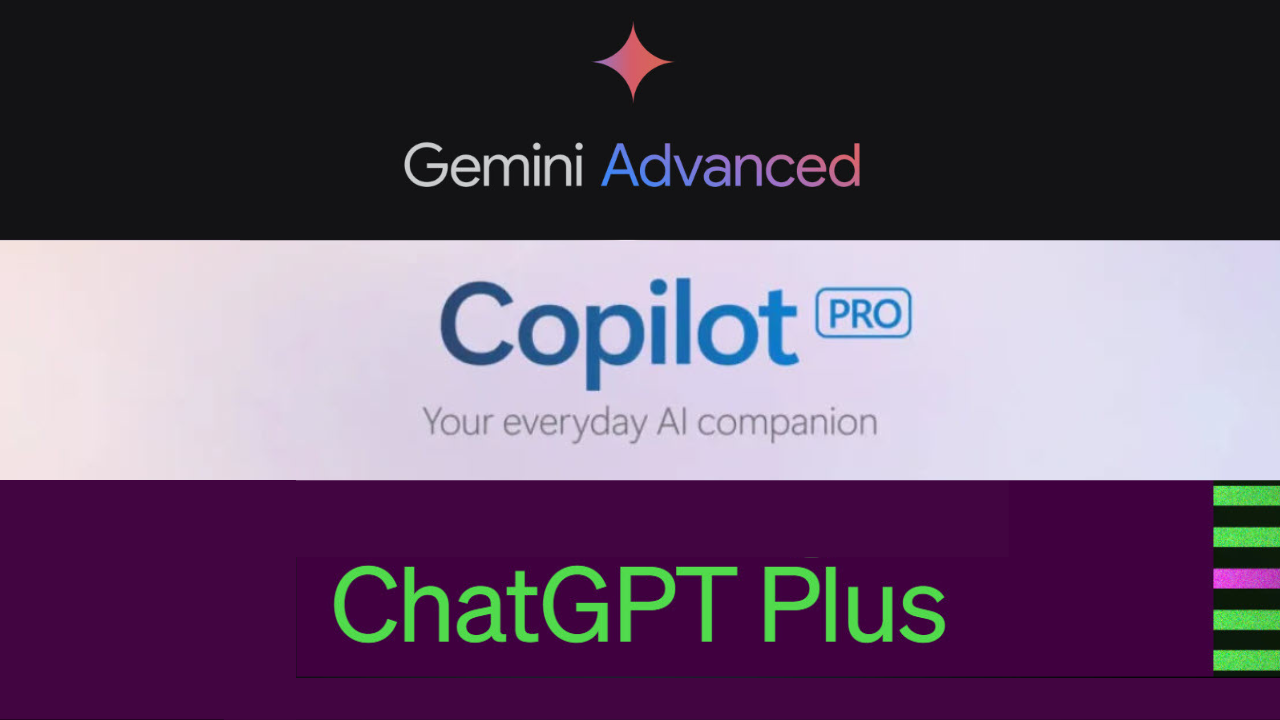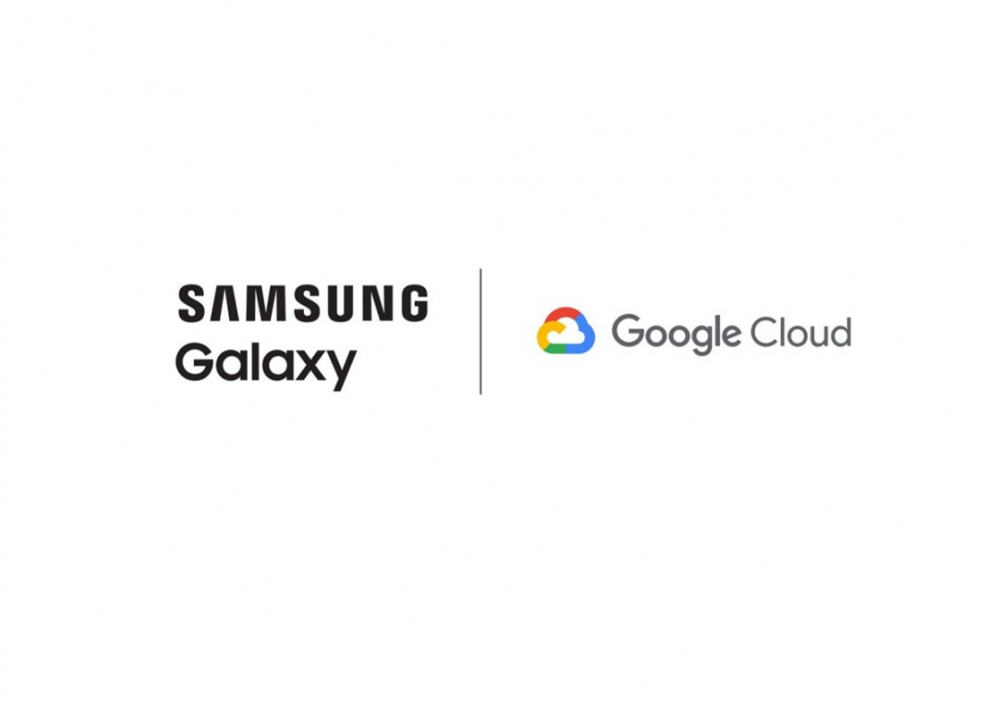AI chatbots have quietly infiltrated our lives, transforming various industries. Whether you’re ordering a pizza, seeking medical advice, or browsing an online store, chances are you’ve interacted with an AI chatbot. Their omnipresence speaks to their increasing functionality and ability to streamline both customer and business operations.
Recently though, keeping up with AI chatbots is becoming a confusion as newer innovations in the Chatbots abilities is also forcing to make a change in its original name. Microsoft introduced GPT-4 to bing and then renamed it to CoPilot. To compete with Microsoft’s GPT-4, Google launched Bard and a year later changed its name to Gemini as it became available to the general public.
Knowing which Chatbot is best to write emails, write code, generate visuals and presents the most creative answers quickly is challenging among all the competition out there. So, let us break down the USP’s of every GPT and which one should you use for your daily driver.
Gemini: Your Google-Powered AI Companion
- Google claims Gemini is the first model to outperform human experts on MMLU (Massive Multitask Language Understanding), one of the most popular methods to test the knowledge and problem solving abilities of AI models, even beating GPT 4.
- Everyday Power User: Imagine having Google Search directly within your chats and workflows. That’s the potential of Gemini. Gemini will become the go-to for software developers and coders with its problem solving capabilities thanks to its reasoning comprehension ability.
- USP: The seamless integration with Google products is Gemini’s key differentiator. Information accuracy and streamlined Google collaboration tools like YouTube extension allows getting any answer from the video, by just sharing the link. Integrate Google Flights data with hotels to curate a personal travel plans.
- Personally, Gemini advanced is not only accurate in its information offering but also its quick like no other GPT out there. Google also learned from OpenAI’s ChatGPT mistakes wherein users deliberately influence the response by asking diverse and sometimes inappropriate inquires. Google has managed to subdue it quite skillfully.
- Practical Potential: While its release specifics are evolving, here are likely uses based on Google’s expertise
- Research assistant: Summarizes long topics, finds reliable sources, fact checks with ease.
- Productivity enhancer: Draft emails, suggest calendar availabilities, manage your notes in Google Docs.
- Language expert: Help proofread an essay, translate, explain a difficult grammatical concept.
CoPilot – Microsoft’s generative AI Chatbot
- AI-Powered Productivity: CoPilot acts as a clever companion within Microsoft Office programs like Word, Excel, and PowerPoint. It offers tailored suggestions, analyzes your work, and even responds to your natural language prompts to make tasks easier.
- USP: Streamlined integration with the Microsoft suite is Copilot’s strength. Couple that with its ability to leverage Microsoft Edge for rich web research, and it opens up new possibilities for efficient, insight-backed work.
- Practical Applications:
- Word: Enhance writing with grammar checks, re-phrasing suggestions for clarity, or generate summaries of long passages directly within your document.
- PowerPoint: Get inspiration for slide layouts, designs, and images. It can even help translate and write speaker notes.
- Excel: Here’s where CoPilot shines!
- Analyze data: Ask in plain language to create insights from a complex spreadsheet. “Generate a chart showcasing sales trends by region” or “Summarize my income versus expenses this quarter.”
- Formula Help: Struggling with complex formulas, CoPilot can step in with suggestions and guidance. Definitely helps with financial analysis.
- Data Transformation: Transform raw data into clear visualizations or use web search within Edge to enrich your calculations and models.
ChatGPT: AI Creativity Unleashed
- Imagination Fuel: Whether it’s brainstorming blog post titles, writing a limerick, or scripting a short video, ChatGPT is a brainstorming companion without judgment. Its surprisingly nuanced way with language generates diverse output.
- USP: OpenAI’s focus on language fluency makes ChatGPT ideal for creative content and challenging communication situations.
- Practical Applications:
- Marketing Copy: Experiment with snappy taglines, email subject lines, or product descriptions.
- Overcoming Writer’s Block: Need a first draft or different phrasing? ChatGPT provides a starting point.
- Educational Aid: Explain complex science in age-appropriate ways, role-play historical figures, etc.
Section: Statistics Don’t Lie
- Data Explosion: As per Informatica, an estimated 90% of the world’s data has been created within the past two years alone. This vast amount of information becomes the critical fuel for training machine learning models.
- ChatGPT User Explosion: OpenAI’s ChatGPT crossed 1 million users within just 5 days of launch. By January 2023, it reached 100 million monthly active users, making it the fastest-growing consumer application in history.
- Model Training Cost: It’s estimated that training a single large language model (LLM) like GPT-3 could cost upwards of $4.6 million in compute costs. This highlights the resources involved in cutting-edge AI creation.




Leave a Reply